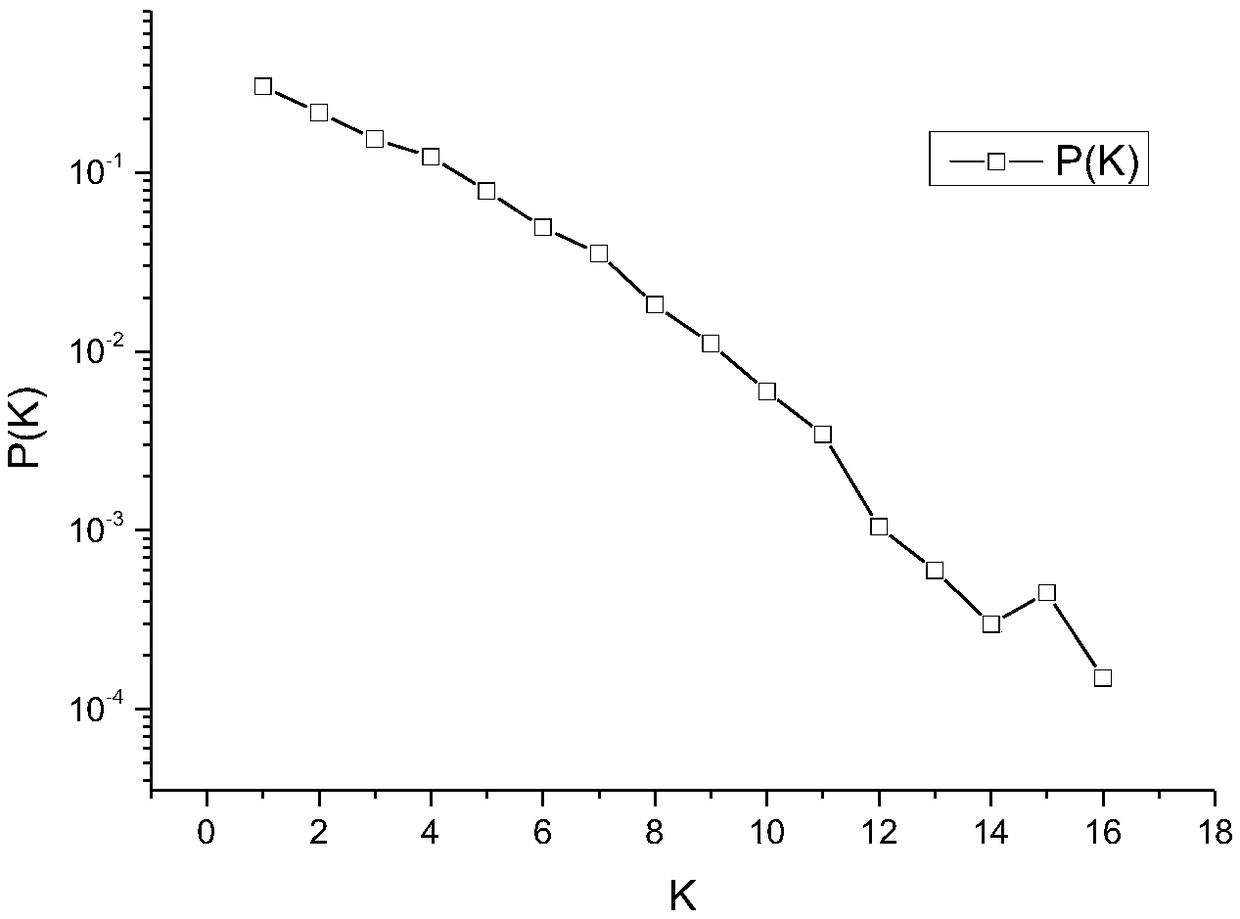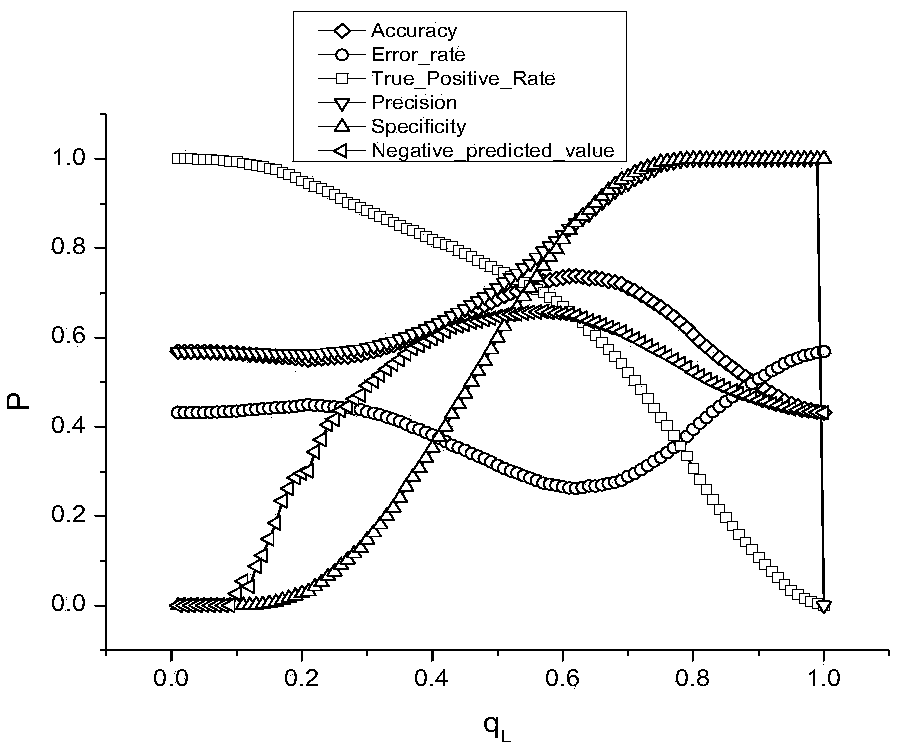A binary classification method based on seepage analysis
A binary classification and percolation technology, applied in the intersection of machine learning and network science, it can solve problems such as slow scoring, inability to handle a large number of multi-class features or variables, and increased computational costs.
- Summary
- Abstract
- Description
- Claims
- Application Information
AI Technical Summary
Problems solved by technology
Method used
Image
Examples
Embodiment Construction
[0106] The present invention will now be explained in detail in conjunction with the embodiments and the accompanying drawings.
[0107] A binary classification method based on seepage analysis in the embodiment of the present invention, see Figure 6 As shown, its specific implementation steps are as follows:
[0108] Step 1, the data that the embodiment of the present invention uses is provided by the statistics of XX center of XX hospital, and research object is children's blood index, is respectively WBC (white blood cell), RBC (red blood cell), HGB (hemoglobin), PLT (platelet), HCT (red blood cell Compaction) 5 indicators, that is, N=5. During the research process, 10,000 data were randomly selected from the data, and individual units were abstracted into nodes, each node represented a 5-dimensional vector, the initial number of nodes was N=10,000, and the number of nodes was sequentially numbered from 1 to 10,000, according to the European style The distance formula ca...
PUM
 Login to View More
Login to View More Abstract
Description
Claims
Application Information
 Login to View More
Login to View More - R&D
- Intellectual Property
- Life Sciences
- Materials
- Tech Scout
- Unparalleled Data Quality
- Higher Quality Content
- 60% Fewer Hallucinations
Browse by: Latest US Patents, China's latest patents, Technical Efficacy Thesaurus, Application Domain, Technology Topic, Popular Technical Reports.
© 2025 PatSnap. All rights reserved.Legal|Privacy policy|Modern Slavery Act Transparency Statement|Sitemap|About US| Contact US: help@patsnap.com



